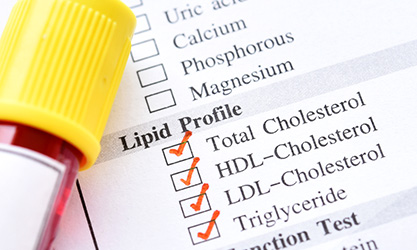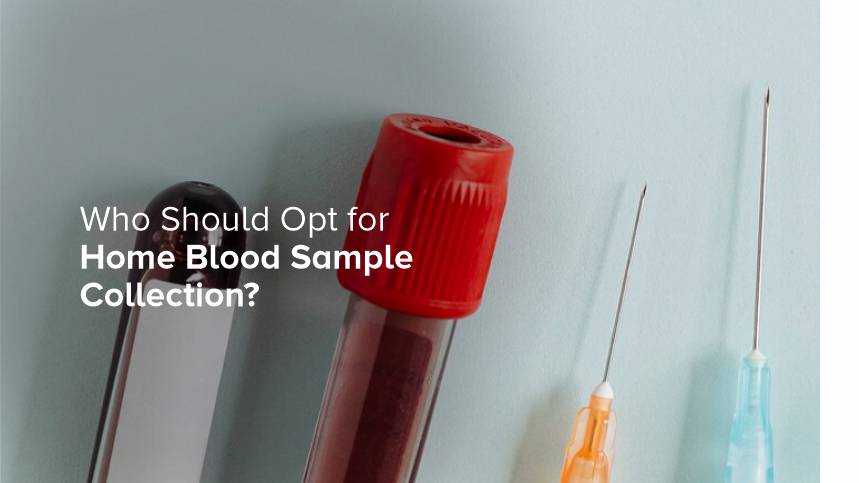


Condition
- Others
- Blood Disorders
- Top tests
- Others
- Others
- Others
- Fever
- Fever
- Blood Disorders
- Blood Disorders
- Preventive Health Checkup
- Preventive Health Checkup
- Profile
- Kidney Disease
- Kidney Disease
- Diabetes
- Diabetes
- Heart Disease & Hypertension
- Preventive Health Checkup
- Lifestyle Packages
- Thyroid Disorder
- Diabetes
- Diabetes
- Diabetes
- Diabetes
- Diabetes
- Diabetes
- Diabetes
- Top tests
- Allergy
- Top tests
- Top tests
- Top tests
- Top tests
- Diabetes
- Top tests
- Diabetes
- Top tests
- Top tests
- Top tests
- Liver Disease
- Diabetes
- Top tests
- Vitamin Deficiency
- Top tests
- Top tests
- Liver Disease
- Top tests
- Top tests
- Top tests
- Anemia
- Anemia
- Anemia
- Diabetes
- Diabetes
- Anemia
- Top tests
- Top tests
- Top tests
- Preventive Health Checkup
- Thyroid Disorder
- Heart Disease & Hypertension
- Top tests
- Preventive Health Checkup
- Diabetes
- Heart Disease & Hypertension
- Top tests
- Fever
- Allergy
- Liver Disease
- Lifestyle Packages
- Heart Disease & Hypertension
- Top tests
- Arthritis
- Top tests
- Top tests
- Heart Disease & Hypertension
- Kidney Disease
- Preventive Health Checkup
- Allergy
- Top tests
- Lifestyle Packages
- Top tests
- Kidney Disease
- Top tests
- Lifestyle Packages
- Top tests
- Preventive Health Checkup
- Preventive Health Checkup
- Top tests
- Top tests
- Vitamin Deficiency
- Allergy
- Diabetes
- Top tests
- Top tests
- Top tests
- Top tests
- Heart Disease & Hypertension
- Allergy
- Top tests
- Preventive Health Checkup
- Top tests
- Top tests
- Infertility
- Top tests
- Lifestyle Packages
- Allergy
- Diabetes
- Heart Disease & Hypertension
- Lifestyle Packages
- Preventive Health Checkup
- Preventive Health Checkup
- Top tests
- Preventive Health Checkup
- Top tests
- Diabetes
- Top tests
- Infertility
- Top tests
- Thyroid Disorder
- Top tests
- Allergy
- Preventive Health Checkup
- Vitamin Deficiency
- Top tests
- Top tests
- Infertility
- Lifestyle Packages
- Diabetes
- Liver Disease
- Kidney Disease
- Vitamin Deficiency
- Top tests
- Heart Disease & Hypertension
- Heart Disease & Hypertension
- Top tests
- Heart Disease & Hypertension
- Heart Disease & Hypertension
- Heart Disease & Hypertension
- Infertility
- Heart Disease & Hypertension
- Vitamin Deficiency
- Vitamin Deficiency
- Arthritis
- Arthritis
- Top tests
- Top tests
- Lifestyle Packages
- Preventive Health Checkup
- Lifestyle Packages
- Preventive Health Checkup
- Vitamin Deficiency
- Top tests
- Lifestyle Packages
- Lifestyle Packages
- Preventive Health Checkup
- Top tests
- Preventive Health Checkup
- Top tests
- Heart Disease & Hypertension
- Infertility
- Top tests
- Top tests
- Preventive Health Checkup
- Lifestyle Packages
- Top tests
- PCOD
- Preventive Health Checkup
- Lifestyle Packages
- Preventive Health Checkup
- Top tests
- Fever
- PCOD
- Kidney Disease
- Top tests
- Top tests
- Preventive Health Checkup
- Preventive Health Checkup
- Liver Disease
- Thyroid Disorder
- Top tests
- Heart Disease & Hypertension
- PCOD
- Top tests
- Arthritis
- Preventive Health Checkup
- Kidney Disease
- Lifestyle Packages
- Top tests
- Allergy
- Top tests
- Top tests
- Diabetes
- Thyroid Disorder
- Preventive Health Checkup
- Top tests
- Lifestyle Packages
- Preventive Health Checkup
- Top tests
- Kidney Disease
- Liver Disease
- Infertility
- Top tests
- Anemia
- Top tests
- Top tests
- Top tests
- Preventive Health Checkup
- Bone Health
- Cancer
- Fatty Liver

Tests
A lipid profile test, also commonly known as a cholesterol test, is done to measure the amount of cholesterol and triglycerides in your body. Monitoring and evaluating levels of cholesterol and triglyceride is advisable as their elevated levels can lead to a buildup of plaque in your blood vessels, which can cause damage and increase your risk of heart problems.
Many times, serious life-threatening diseases exist in the body without noticeable signs and symptoms. This heightens the need for preventive health check-ups. The lipid profile test can be taken as a regular screening test to check your cholesterol levels or as a preventive check for several conditions, especially heart related diseases. Subsequent testing can be done to monitor and evaluate cholesterol levels after treatment and lifestyle modifications.
Lipid profile test measures the following lipids in your blood:
A. Low-density Lipoprotein (LDL): LDL is commonly known as “bad cholesterol”. Excess LDL in your blood can lead to a build-up of fatty deposits(plaque) in your arteries, thereby reducing the blood flow and increasing the risk of heart ailments and stroke.
B. High-density Lipoprotein (HDL): HDL is also commonly known as “good cholesterol”as it reduces the buildup of LDL, ensuring the free flow of blood in the arteries.
C. Total Cholesterol: This is the total amount of cholesterol in your body.
D. Triglycerides: Extra calories from our food are converted into triglycerides and stored in our fat cells. Elevated triglyceride levels in your blood are not only linked to heart ailments but also diabetes, pancreatitis, and stroke.
It is important to understand the reference range for the components of the lipid profile.
1. LDL
Near Optimal-100-129 mg/dL
Borderline high-130-159 mg/dL
High risk-160 mg/dL and above
2. HDL
40mg/dL or less is considered a risk factor.
3. Triglycerides
Desirable- < 150mg/dL
High risk-> 200mg/dL
The importance and benefits of diagnosing an ailment in its initial stage are known to all. Treatment costs aside, timely intervention also reduces patient anxiety.
Getting your lipid profile checked is essential if:
- you have high blood pressure
- you have a family history of heart issues, stroke, high cholesterol, diabetes
- you have an unexplained weight gain
However, it is advisable to get a lipid profile done if you have one or more of the following risk factors or habits:
- Being overweight or obese
- Sedentary lifestyle
- Tobacco and alcohol use
- Diabetes or a prediabetic condition
- Sedentary lifestyle
- Smoking and drinking
- Diabetes or Prediabetic condition
WANT TO BOOK HEALTH CHECKUP ?
Categories
Others
4
Blood Disorders
3
Top tests
69
Fever
4
Preventive Health Checkup
26
Profile
1
Kidney Disease
8
Diabetes
20
Heart Disease & Hypertension
15
Lifestyle Packages
15
Thyroid Disorder
5
Allergy
8
Liver Disease
6
Vitamin Deficiency
7
Anemia
5
Arthritis
4
Infertility
6
PCOD
3
Bone Health
1
Cancer
1
Fatty Liver
1
Recent Blogs
Stool Culture Test: Detecting Bacterial Infections in Your Gut
Our digestive system is home to a vast community of microorganisms—most of which are...
29-04-2025
Who Should Opt for Home Blood Sample Collection?
Convenience has become a priority in every aspect of life, including healthcare. One of...
29-04-2025
Online Lab Tests vs. Traditional Lab Tests: Which One Should You choose?
In today’s digital-first world, almost everything is available at your fingertips—from...
29-04-2025







